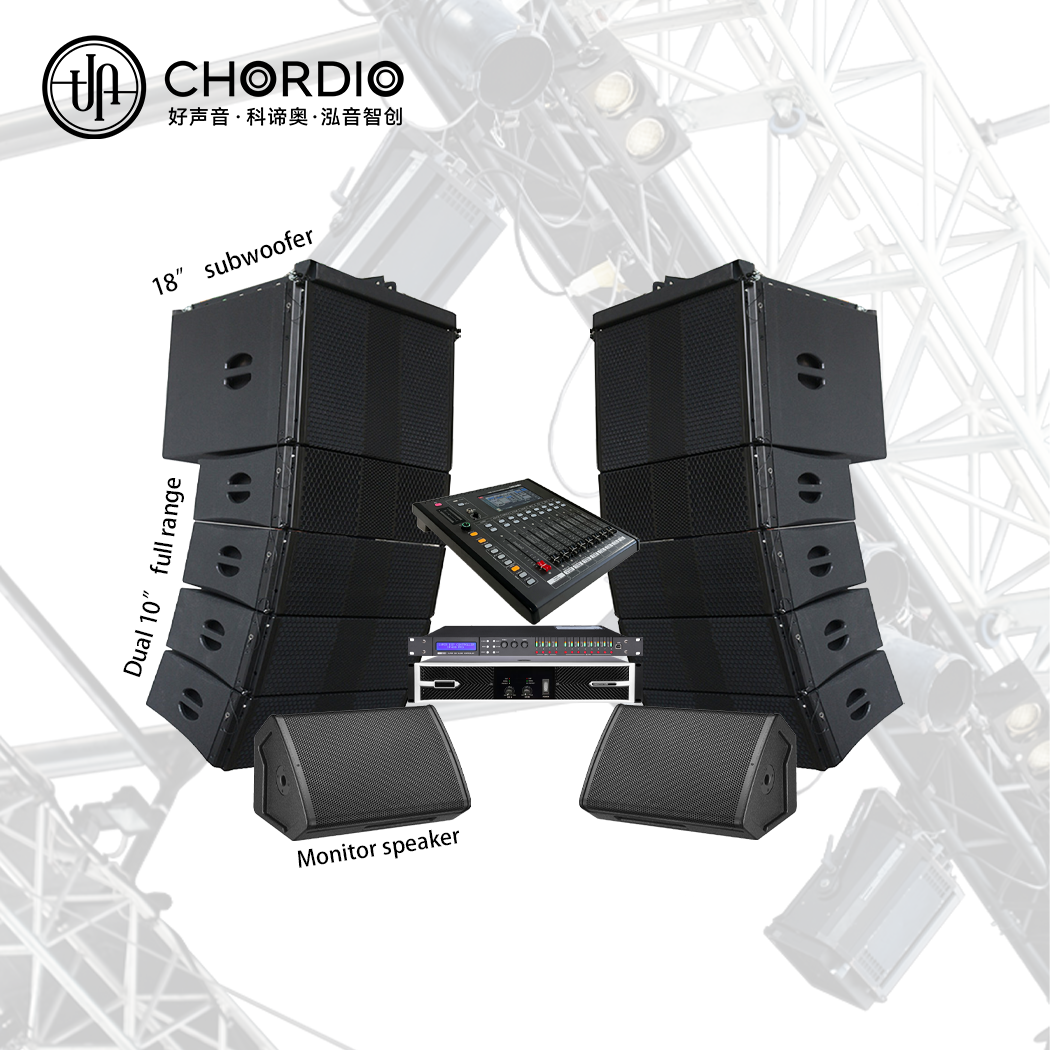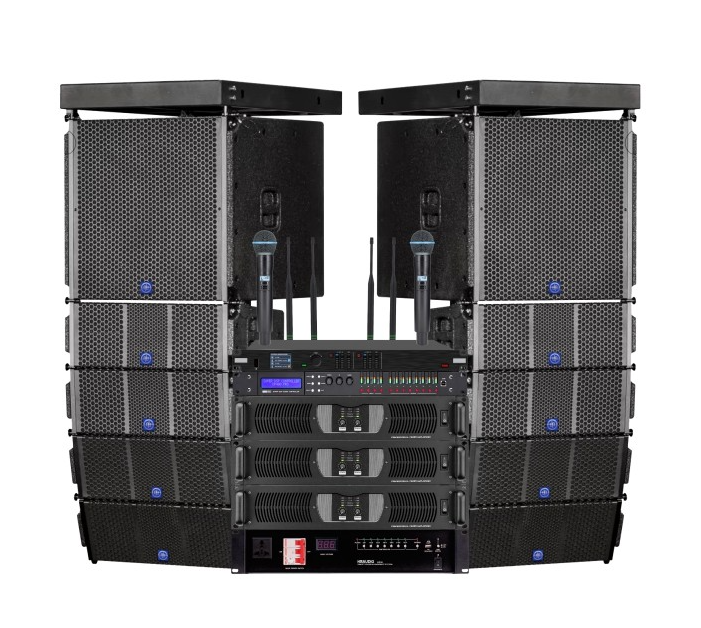Essential Elements of Professional Audio Systems
A well-designed PA sound system serves as the backbone of any live event, venue, or installation where audio needs to be distributed to an audience. Understanding the fundamental components that make up these systems is crucial for achieving optimal sound quality and performance. From small gathering spaces to large concert venues, each element plays a vital role in delivering clear, powerful audio that engages listeners.
Core Components of PA Systems
Input Devices and Sources
The journey of sound begins with input devices, which capture audio signals for amplification and distribution. Microphones are the most common input devices, available in dynamic and condenser variants to suit different applications. Dynamic microphones excel in live performance settings due to their durability and ability to handle high sound pressure levels, while condenser microphones offer superior sensitivity for capturing subtle nuances in vocals and acoustic instruments.
Beyond microphones, modern PA sound system components often include digital audio interfaces, allowing direct connection of instruments, playback devices, and computers. These interfaces convert analog signals to digital format, enabling integration with digital mixing consoles and recording equipment. Some systems also incorporate wireless receivers for freedom of movement during performances.
Mixing and Processing Equipment
The mixing console serves as the command center of any PA sound system components setup. Whether analog or digital, mixers allow sound engineers to blend multiple audio sources, adjust individual channel levels, and apply essential processing. Modern digital mixers offer advantages like scene recall, built-in effects processing, and remote control capabilities via mobile devices.
Signal processors enhance the overall sound quality by addressing specific audio challenges. Essential processing tools include equalizers for frequency adjustment, compressors for dynamic range control, and feedback eliminators for preventing unwanted audio loops. These components work together to ensure clean, professional sound reproduction.

Power and Amplification Solutions
Power Amplification Systems
Amplifiers are crucial PA sound system components that boost audio signals to levels suitable for driving speakers. Modern power amplifiers come in various configurations, including traditional analog designs and more efficient Class-D variants. The choice of amplifier depends on factors such as required power output, speaker impedance, and venue size.
Professional installations often employ multi-channel amplifiers, allowing independent control of different speaker zones or components. These systems may include built-in protection circuits to prevent damage from overheating or excessive current draw, ensuring reliable operation during extended use.
Speaker Arrays and Monitoring
The speaker system represents the final link in the audio chain, converting electrical signals back into sound waves. Professional PA installations typically utilize multiple speaker types, including main speakers for primary coverage, subwoofers for low-frequency reproduction, and monitor speakers for performers. Line array systems have become increasingly popular for larger venues, offering superior sound distribution and control.
Monitor speakers play a crucial role in live performance situations, allowing performers to hear themselves clearly on stage. In-ear monitoring systems provide an alternative to traditional floor monitors, offering better isolation and more consistent sound quality for performers.
Signal Distribution and Connectivity
Cabling and Signal Path
High-quality cables form the nervous system of PA sound system components, carrying signals between various devices. Different cable types serve specific purposes: balanced XLR cables for microphone signals, TRS cables for line-level connections, and speaker cables for amplifier outputs. Using appropriate cable types and maintaining proper signal flow helps minimize noise and interference.
Digital audio networks have revolutionized signal distribution in modern PA systems. Protocols like Dante and AVB allow multiple audio channels to be transmitted over standard network infrastructure, simplifying complex installations and providing greater flexibility in routing options.
System Control and Management
Contemporary PA systems often incorporate digital signal processors (DSPs) for centralized control and management. These devices handle tasks like speaker alignment, room correction, and system optimization. Many DSPs offer network connectivity, enabling remote adjustment and monitoring of system parameters through software interfaces.
Advanced control systems may include measurement microphones and analysis software for real-time system optimization. These tools help technicians achieve optimal sound coverage and frequency response across the entire venue.
Frequently Asked Questions
How do I determine the right size PA system for my venue?
The appropriate size of a PA system depends on several factors, including room dimensions, audience capacity, and typical program material. Consider the venue's acoustics, required coverage area, and maximum sound pressure levels needed. Consulting with professional audio installers can help ensure proper system sizing.
What maintenance do PA sound system components require?
Regular maintenance includes cleaning connections, checking cable integrity, testing speaker components, and verifying amplifier performance. Dust removal, proper storage of portable components, and periodic professional inspections help extend system life and maintain optimal performance.
Can I mix analog and digital components in my PA system?
Yes, modern PA systems often combine analog and digital components successfully. Interface devices like analog-to-digital converters enable seamless integration between traditional analog equipment and newer digital technologies. However, proper signal level matching and appropriate connectivity solutions are essential for optimal performance.

